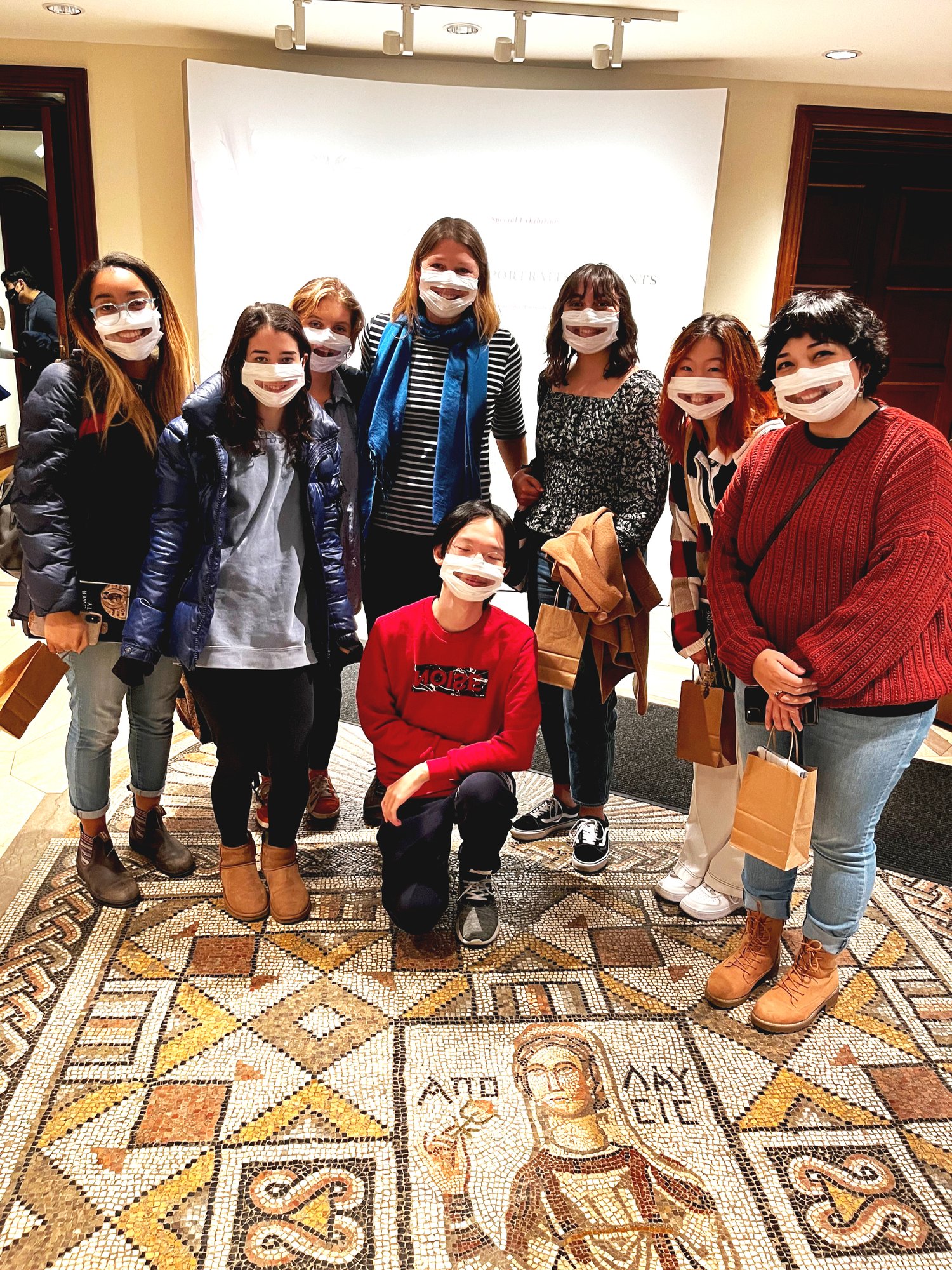The Artifact Silo
In a classic art historical text I read for an art history methods course this week, The Arch of Constantine, or the Decline of Form by Bernard Berenson, the famous art historian and Renaissance specialist writes the following:
“Nothing thus far has been brought to light in Antioch to challenge the attention of those whose chief interest is in art, and not in artifact that merely serves as a document in the history of mental aberrations and the recondite superstitions then current. For sculpture, provincial towns of Asia Minor, like Aphrodisias or Tralles, have thus far proved far more interesting than Alexandria or Antioch.”
Berenson’s writing reveals a deep disappointment around the findings at Antioch, deeming them artifacts of history rather than art. Antioch has long been textually narrated as linked to the origins of Christianity and owns the bragging rights of being the place in which Jesus’ disciples were first called Christians. Thus, unfortunately (for Berenson), the lack of findings relating to the biblical past did not support the origin stories of Christianity he wished to confirm.
Although Bernard Berenson’s text is now more than sixty years old, many of the legacies of his tastemaking efforts remain today. I wonder if visitors to the Baltimore Museum of Art (BMA) register a similar sentiment that the mosaics on the museum’s walls are closer to artifact than art. This week, to help me frame my visitor survey project around the BMA’s Antioch mosaic collection, I have been reading some more general texts regarding the intentions of museum visitors as well as studying famous past surveys to understand their methodologies. In The Museum Experience, I read that museums largely serve as social environments, as studies show that most people choose to go as part of a social group. Such social motivations can shape the perception of artwork greatly.
Interestingly, in a famous UK Survey of visitors at Wolverhampton Art Gallery, the conductors of the study chose to isolate their subjects rather than examine them as a group. Single adults were accompanied by a researcher and asked to talk about their interpretations and visit in general as they walked through the galleries. A questionnaire followed at the end of the walk. Given that it is now known that museums are a largely social space, I hope to investigate whether it is possible to study groups in visitor surveys rather than isolating individuals for examination.
What might be the logistical issues around such an approach?
CL
